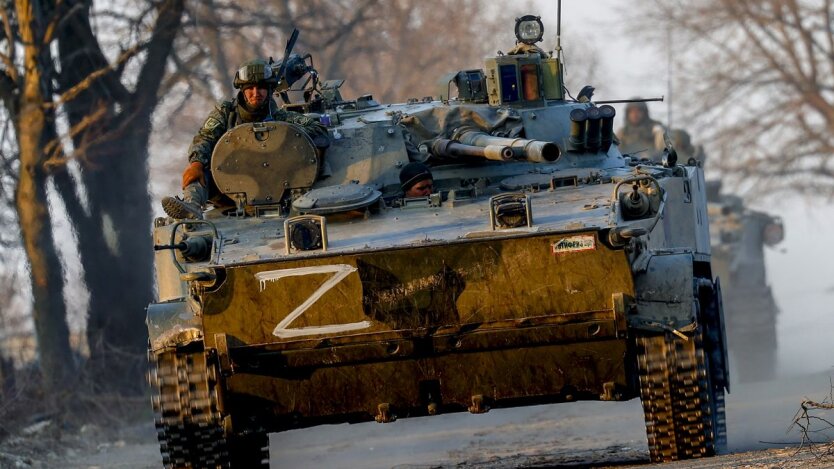NBU reveals the real scale of food price increases: what will happen next.
18.02.2025
1740

Journalist
Shostal Oleksandr
18.02.2025
1740

In Ukraine last year, consumer prices rose by 12% due to the increase in food prices caused by poor harvests. The National Bank of Ukraine reported that the war and Russian attacks on energy infrastructure also impacted price increases. Additionally, the depreciation of the hryvnia affected price dynamics.
Vegetables, flour, cereals, dairy products, and some fruits saw the highest price increases. Cigarette prices also rose due to increased excise duties. Tariffs for heating, gas, and hot water remained unchanged, while prices for clothing and footwear either did not change or even decreased.
The National Bank of Ukraine predicts that high inflation will not be long-lasting and will begin to slow down by summer. It is expected that increased harvests will contribute to a decrease in food prices.
The National Bank stated: 'For its part, the NBU will support stable conditions in the currency market and ensure the protection of hryvnia savings from inflationary depreciation.' The regulator expects inflation to decrease to 8.4% in 2025 and reach the target rate of 5% in 2026.
Read also
- Zelensky announced mass production of the ballistic 'Sapsan'
- ISW evaluates how the conflict in the Middle East will influence the war in Ukraine
- Drivers are not sacred cows: Popenko proposed a Chinese approach instead of fines
- Veteran or combat participant: who receives more benefits and what is the difference between statuses
- Ukrainians were told how to obtain insurance experience by caring for relatives with disabilities
- The Economist named Putin's next target










